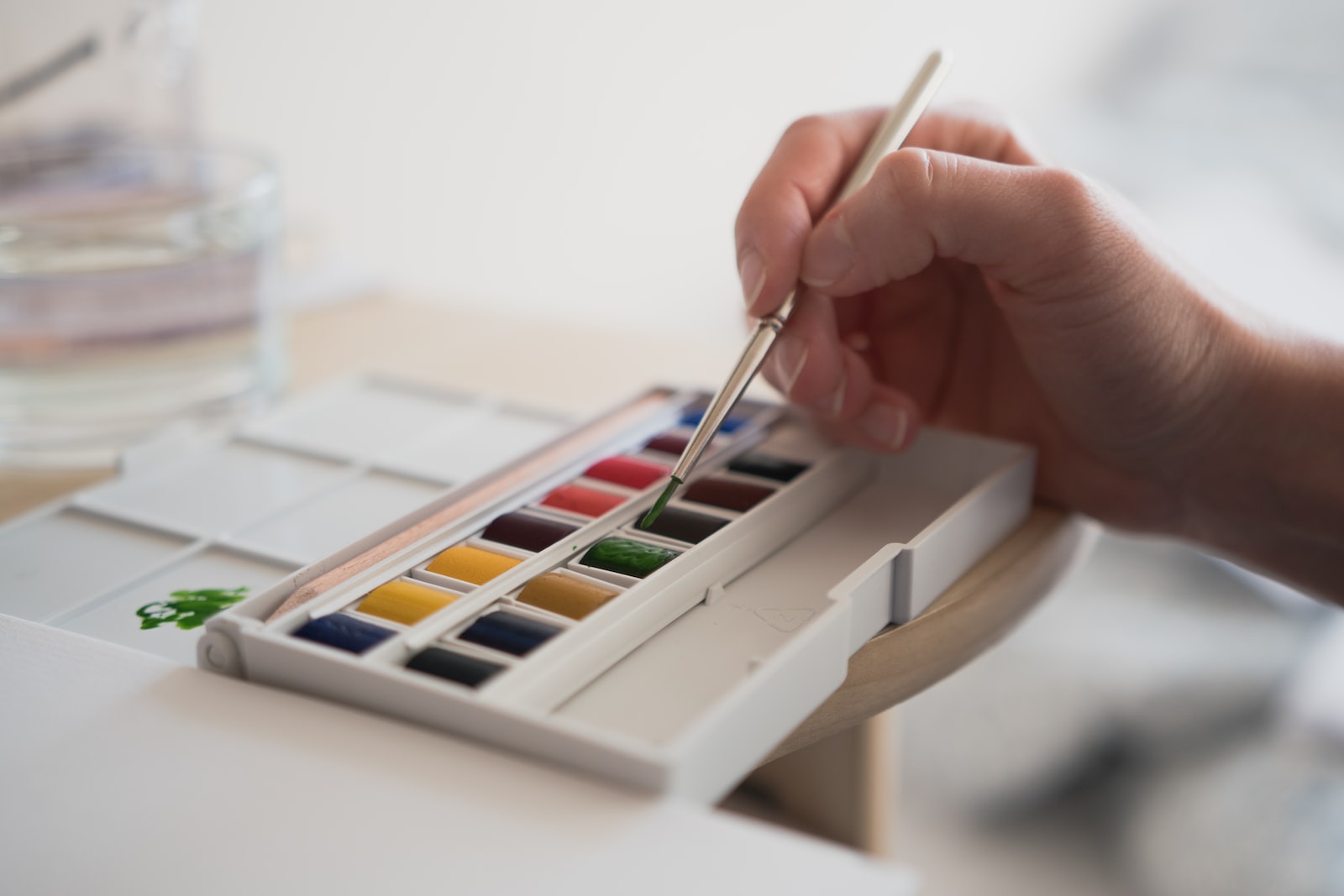Whether a natural artist or not, there are always rules to follow first. Mastery of the rules allows us to break them with wonderful results but that will come later. It all starts with the basics.
In watercolour as with any other discipline, there are several techniques to be learned first. Mastering the techniques will allow you to gain control of the medium, and ease you nicely into the art form aside from cutting the learning curve.
Thumbnails
This is the planning stage. Thumbnails are not basics in watercolour painting but unless very skilled, you will experience a lot of difficulties without the thumbnails first. Thumbnails are the sketches you do in order to break down the images you would finally want on the painting. Doing thumbnails first makes the painting more manageable and prevents errors. And so during this stage, draw thumbnails until satisfied with the image that would finally appear in the finished painting.
Wash
There are different watercolour washes and corresponding effects. Basically, though, a wash is a term used for loading the brush with plenty of water and some pigment and painting it over the paper. Washes are typically used for backgrounds in watercolour painting. It is almost synonymous with laying the foundation from which the images desired in the painting are laid. To develop and learn to control washes, try experimenting with different colour intensities and hues. To lighten a particular shade, all you need to do is add water. Conversely, to darken an area would be to add a little more pigment.
The Glaze
Glazing is similar to the wash except that it is used to change the temperature of the colour underneath (the wash). To glaze is to add another layer of colour to an existing colour, not really to erase the colouring underneath but to change the temperament or create another colour in combination with the wash colour. It is well to note that watercolour being a transparent medium cannot be fully erased or fully covered by another colour. To this end, glazing has become a tool unique to watercolour painting.
Tinting
To apply additional tint to an existing wash or colour, wait for the colour that was first applied to dry before applying a tint. To apply tint on a wash that is still wet would create effects that unless that is the intent, the painting would be ruined.
Erasing
Watercolours are never erased totally. When an undesired colour has already been painted, this could partially be washed but only to minimize the colour strength. Use your brush dipped in water and brush very gently. This way you can lift the pigment off the paper but avoid damaging it. When part of the paper is damaged, the painting will be damaged too as the colour is drawn by the roughness of the scrub done.
Once the basics as mentioned above are mastered, you are well on your way to painting in watercolour. There are different methods that could be learned later but so far, the above are the most important and the most common practices when starting.


